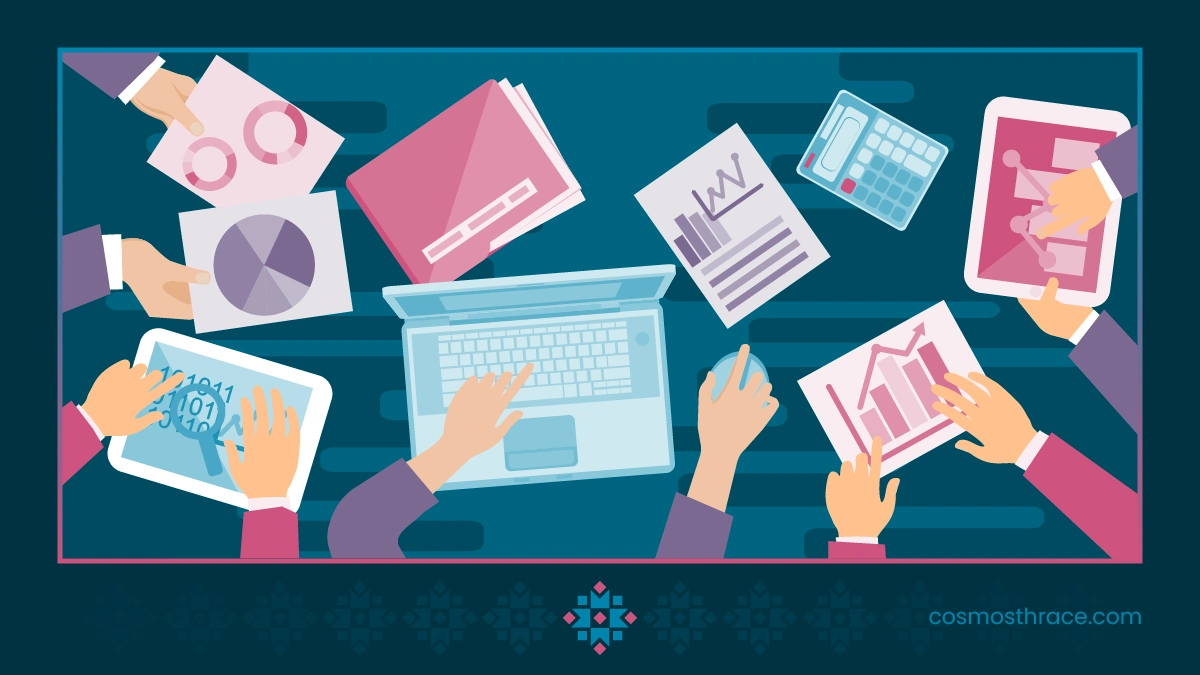In the ever-evolving world of business technology, understanding the distinction between Business Intelligence (BI) and reporting is crucial for executives seeking to make informed decisions. While these terms are often used interchangeably, a nuanced understanding of their differences can significantly impact how organizations harness data for strategic decision-making.
1. Scope and Purpose:
At its core, reporting is a subset of Business Intelligence. Reporting primarily involves the presentation of data in a structured format, often through charts, graphs, and tables. It provides a snapshot of historical performance and answers specific questions. On the other hand, BI encompasses a broader spectrum, including reporting but extending beyond to data analysis, predictive modeling, and strategic planning. BI is a comprehensive approach that empowers executives to not only understand what happened but also why it happened and what might happen in the future.
2. Time Horizon:
One key difference between BI and reporting lies in their time horizons. Reporting typically deals with historical data, offering a retrospective view of past performance. In contrast, BI incorporates historical data but also focuses on the present and future. It equips executives with real-time insights, enabling proactive decision-making based on current market conditions and emerging trends.
3. Interactivity and Flexibility:
Reporting often follows a predefined format, providing a static view of data. BI, however, emphasizes interactivity and flexibility. Business Intelligence tools enable executives to explore data dynamically, drill down into details, and generate ad-hoc reports tailored to specific queries. This flexibility is vital in a rapidly changing business environment where executives need to adapt swiftly to new information.
4. Data Complexity and Sources:
While reporting tends to deal with structured data in a standardized format, Business Intelligence tackles a broader range of data complexities. BI solutions can handle diverse data sources, including unstructured data, providing a more comprehensive view of the business landscape. This capability allows executives to glean insights from various channels, from traditional databases to social media and beyond.
5. Decision Support:
Reporting primarily serves as a tool for tracking Key Performance Indicators (KPIs) and operational metrics. Business Intelligence, on the other hand, goes a step further by offering decision support. BI tools incorporate advanced analytics and predictive modeling, empowering executives to make strategic decisions based on a deeper understanding of trends and patterns.
6. Integration with Strategic Planning:
While reporting informs tactical decisions, BI is inherently tied to strategic planning. Business Intelligence aligns data insights with organizational goals, facilitating long-term planning and helping executives make decisions that contribute to the overall business strategy.
In conclusion, understanding the difference between Business Intelligence and reporting is pivotal for business executives aiming to leverage data effectively. The nuanced capabilities of BI extend beyond traditional reporting, providing a holistic approach to data analysis, decision support, and strategic planning. By embracing both reporting and BI, executives can create a well-rounded approach to data-driven decision-making, ensuring agility and competitiveness in today’s dynamic business landscape.


